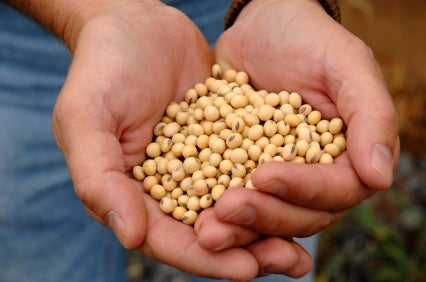
More industries are shifting their agendas to “greener” approaches that favor environmental sustainability, and this includes the printing industry. This by no means is a small business, with a global market size valued at USD $16.46 billion in 2016.
Because of how competitive the market is, one would think that all the research to pursuit eco-friendly ink has been a success. But this isn’t all true. Though there are viable eco-friendly ink options which you can find out more about, much of the market still utilize ink made from non-renewable sources.
Types of Ink
What makes the ink “eco-friendly” is the vehicle used or the substance which helps transport the pigment or color onto the substrate such as paper. Generally, ink vehicle can be derived from two sources: vegetable-based and petroleum based.
However, UV-curing printing inks has been receiving a lot of traction lately and is another option for eco-friendly printing.
Vegetable-based ink

The most prominent vegetable-based ink used is soy-based ink. As its name implies, it originates from soybeans. Studies have shown that soy-oil based inks degrade twice as fast compared to conventional inks. Furthermore, colors print brighter on soy-based ink, especially on newspaper. Upfront, soybean oil performs well on the press with less spoilage at the startup.
However, it takes much more heat to dry, increases electricity uptake, and overall, increases greenhouse gas emissions and carbon footprint. This increases the cost factor which makes it a less attractive option.
Although soy-based ink or any vegetable-based ink isn’t the perfect eco-friendly solution to printing ink, but we can’t deny that manufacturers are taking the right steps forward.
UV-Curing Printing Inks
There are four components to UV-curable inks: photoinitiators, pigments, oligomers, and monomers. The monomers are the building blocks of the ink and affect the softness or hardness of the ink when cured. Oligomers contain the resins and adhesives meant for printing on different substrates. The pigments provide the color.
When UV light reaches the photoinitiators, the oligomers, and monomers cross-link. This causes the ink to dry instantly, without heat.
The environmental benefits are that instant drying allows for quicker printing speeds, thus reducing energy demand and reducing the carbon footprint. Furthermore, these inks do not release as many volatile compounds from the evaporation of solvents such as those from petroleum-based inks. Typically, these compounds contain chemicals and metals that are harmful to humans and the environment.
However, these inks aren’t perfect either. These inks may pose a contamination threat when used in food packaging and can be an allergen for those with skin sensitivities.
Petroleum-Based Inks

Petroleum is a non-renewable resource. Once it’s depleted, it can’t be recovered. Petroleum-based inks are notorious for emitting volatile organic compounds (VOCs) in their drying processes such as toluene and benzene.
Toxic metals such as cadmium, lead, and mercury have also been found in these inks. These metals cannot be biodegraded and will be accumulated in living organisms such as aquatic species, hence potentially putting irreversible damage onto their ecosystem.




